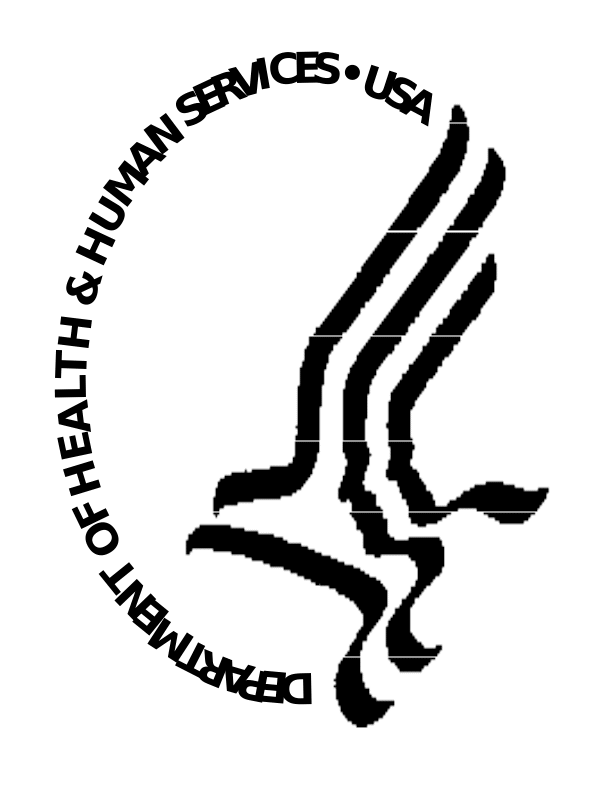Supporting Statement B 10_26
Supporting Statement B 10_26.docx
The Hospital Preparedness Program
OMB: 0990-0391
Office of Emergency Division of National Healthcare Preparedness Programs
Cliffon
Y. Smith, MPA Public
Health Analyst Science
Healthcare Preparedness Evaluation
and
Research Branch (SHARPER) Division
of National Healthcare Preparedness Programs (NHPP); Office of
Emergency Management (OEM) Office
of the Assistant Secretary for Preparedness and Response (ASPR);
U.S. Department of Health and Human Services (DHHS)
Supporting
Statement for Paperwork Reduction Act Submission
for The
Hospital Preparedness Program
Hospital
Preparedness Program Data Collection
April
1, 2018
U.S. Department of Health and Human
Services 200
C ST, SW Washington
DC 20515
(202)
245-0974
cliffon.smith@hhs.gov







B. Statistical Methods
1. Respondent Universe and Sampling Methods
The applicable population (universe) is all of the recipients for the program (i.e., 62 of 62 recipients), with supporting data submitted by subrecipients and participating HCCs and HPP stakeholders. HCCs are a primary recipient of HPP technical assistance, which we need to assess, and, as the HCC is the operational "arm" of health care response-not the state-we need to assess the impact of HPP on their response operations. The coalitions (HCC) as the operation “arm” of HCC recipients, provide data roll-ups that are captured in the 62 HPP Recipients’ annual monitoring progress and measuring national preparedness. All recipients participate in progress reporting because data on each entity are integral for monitoring progress and measuring national preparedness.
Sampling is not appropriate as there are too few recipients to employ a psychometrically sound sampling strategy. The anticipated response rate is 100 percent, since participation is a requirement for receiving funding from HPP (please see B.3 for further justification of this expected response rate).
2. Procedures for the Collection of Information
For each HPP grant funding period, the HPP recipients are notified via the HPP Listserv that EOY, and similar information collection forms are available and to submit online, via the designated electronic interface. Recipients have approximately 3-6 months in advance of the due date to gather the requested information and complete and submit the report. Throughout this time, the HPP field project officers and SHARPER are actively involved and provide technical support, as needed. Data are reported and collected using and electronic data reporting system. The data are then downloaded and checked for accuracy (validity and completeness), after which the data are transformed into variables that are usable for analysis. Standard analytic techniques and simple descriptive analyses are conducted to draft reports on data status before completing a comprehensive data analysis using a variety of standard statistical programs, Statistical Analysis System (SAS), Statistical Package for the Social Sciences (SPSS), Geographic Information System (GIS), and Microsoft Excel and Access.
SHARPER employs descriptive statistics to describe the basic features of the data. Univariate analysis is used to examine: distribution (frequency), central tendency (mean, median, and mode) and dispersion (range, variance, and standard deviation). In some cases, HPP performs correlations to describe the degree of relationship between two variables. These methods, together with simple graphics analysis, serve as the basis for the analysis. This data collection effort does not require any statistical method for sample stratification, sample selection or estimation, since 100% of the recipients will be completing the data collection reports.
3. Methods to Maximize Response Rates and Deal with Non-responsiveness
One of the conditions for receiving HPP funding is completing appropriate reporting requirements as outlined in HPP guidance. This requirement increases the likelihood of achieving a response rate of 100 percent. In addition, HPP designed the electronic data collection tools for ease of use. Clear and concise instructions are included with the reports to help maximize response rates. HPP federal personnel also discuss reporting requirements during monthly conference calls with recipients, answering any questions and providing reminders for the due dates of the reports. They provide instructions and guidance on how to complete the report and tools and answer general questions as needed throughout the data collection effort. HPP field project officers and SHARPER monitor response rates and work with recipients to ensure completion of reports. HPP and SHARPER began sharing recipient-specific data summaries and snapshot analyses with recipients to validate the accuracy of the information.
4. Test of Procedures or Methods to be Undertaken
Several sections of the End-of-Year reports have been previously utilized by HPP during past years of the program, so length of time for completion was estimated from previous recipient experience. The reports have evolved over the years based on recipient and field project officer feedback about the ease of data entry and analysis. The program measure section of the reports was reviewed by a small subset of recipients to determine the amount of time it would take to complete.
5. Individuals Consulted on Statistical Aspects and Individuals Collecting and/or Analyzing Data
Statistical Aspects of Design and Data Collection/Analysis Contacts
Dr. Ibrahim Kamara, Sr. Public Health Analyst
Science Healthcare Preparedness Evaluation and Research Branch (SHARPER)
US Department of Health and Human Services (HHS); Assistant Secretary for Preparedness and Response (ASPR); Office of Emergency Management (OEM)
Division of National Healthcare Preparedness Programs
200 C ST, SW; Washington DC 20515
(202) 245-0730; ibrahim.kamara@hhs.gov
APPENDIX A
Pandemic and All-Hazards Preparedness Act (PAHPA), MSCC, and National Preparedness Goal
Hospital Preparedness Cooperative Agreement Funding Opportunity Announcement and End Of Year Progress Report Sample
Sample Table for EOY Data Collection Template
| File Type | application/vnd.openxmlformats-officedocument.wordprocessingml.document |
| Author | Cliffon Smith |
| File Modified | 0000-00-00 |
| File Created | 2021-01-20 |
© 2025 OMB.report | Privacy Policy